Best studio headphones under $200/£200 in 2025: Top models from Sennheiser, Røde, Beyerdynamic and more
Our expert pick of sub-$200/£200 cans deliver the mixing accuracy you need for your music productions, for much less outlay than you might expect
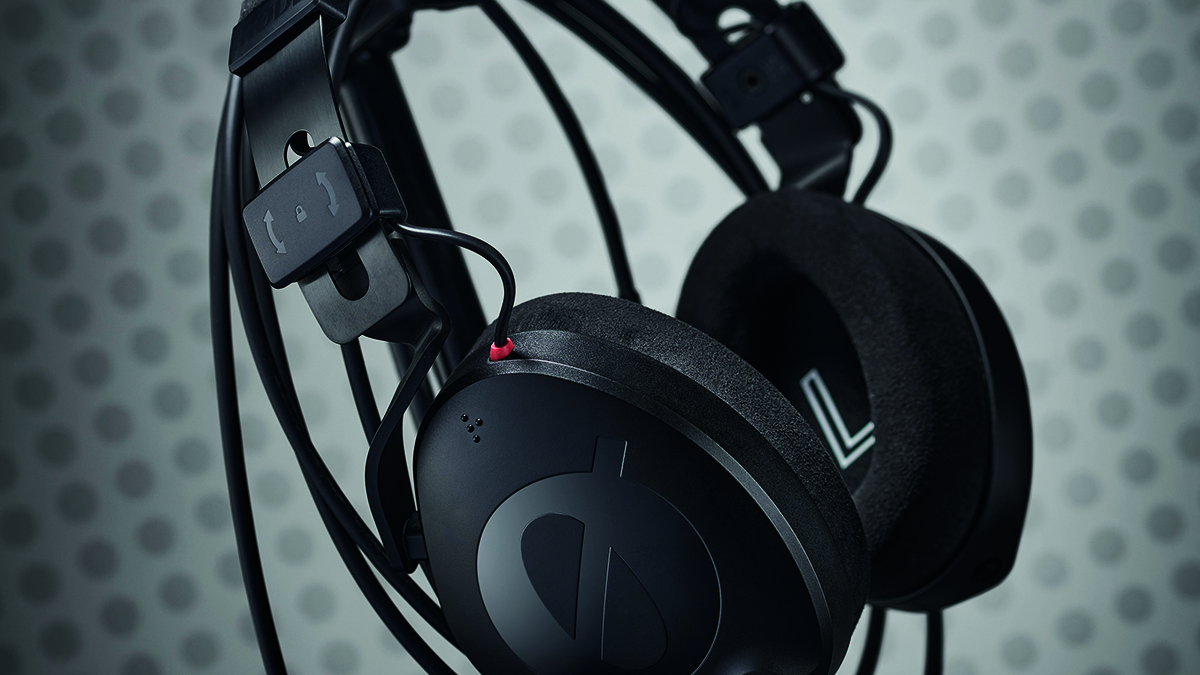
1. Quick list
2. Best 'pro' option
3. Best on a tight budget
4. Best for sound
5. Best for comfort
6. Best all-rounder
7. Best for value
8. Best for mixing
9. Best budget Sonys
10. Best modular option
11. Buying advice
12. How we test headphones
Getting a decent pair of headphones could revolutionise your music mixing and mastering. As with a decent set of studio monitors, good headphones allow you to analyse all aspects of your mix to ensure you make the best decisions when adjusting instrument levels, tweaking effects and making other production enhancements. The great news is that you needn't spend too much on great headphones - and much less than studio monitors - so to help you find the right set for your needs, we've produced this guide to the best studio headphones under $/£200.
As well as being a cheaper option, using headphones to mix and master music has other advantages over using studio speakers. Headphones are obviously more portable - so you can work on music while out and about - and take up way less space, so could be the ideal solution if you have limited room in your studio.
Using headphones to mix on might also be a godsend if you have thin walls and angry neighbours! Some engineers and producers even prefer to mix on headphones over studio monitors, as a great set of headphones enables you to 'get inside' a mix and analyse it in extreme detail.
We have a lot more advice on what to consider when buying a pair of sub-$200/£200 headphones at the end of this guide and also information on how we test them. So if you want to learn about the different headphone types and which ones are more suited to your productions, we recommend you skip to the bottom first. If you just want to learn which models are best, keep scrolling.

Andy has been writing about music production and technology for 30 years having started out on Music Technology magazine back in 1992. He has edited the magazines Future Music, Keyboard Review, MusicTech and Computer Music, which he helped launch back in 1998. He has tested hundreds of pieces of music-making hardware and software over the years, including the sub-$200/£200 headphones in this guide.
Best studio headphones under $200/£200: Quick list
Want to cut to the chase and find out exactly which we think are the best studio headphones under $200/£200 on the market right now? Below, you’ll find a round-up of our top choices. You can jump to a more detailed review of every pick, along with our price comparison tool to help you find the best deals.
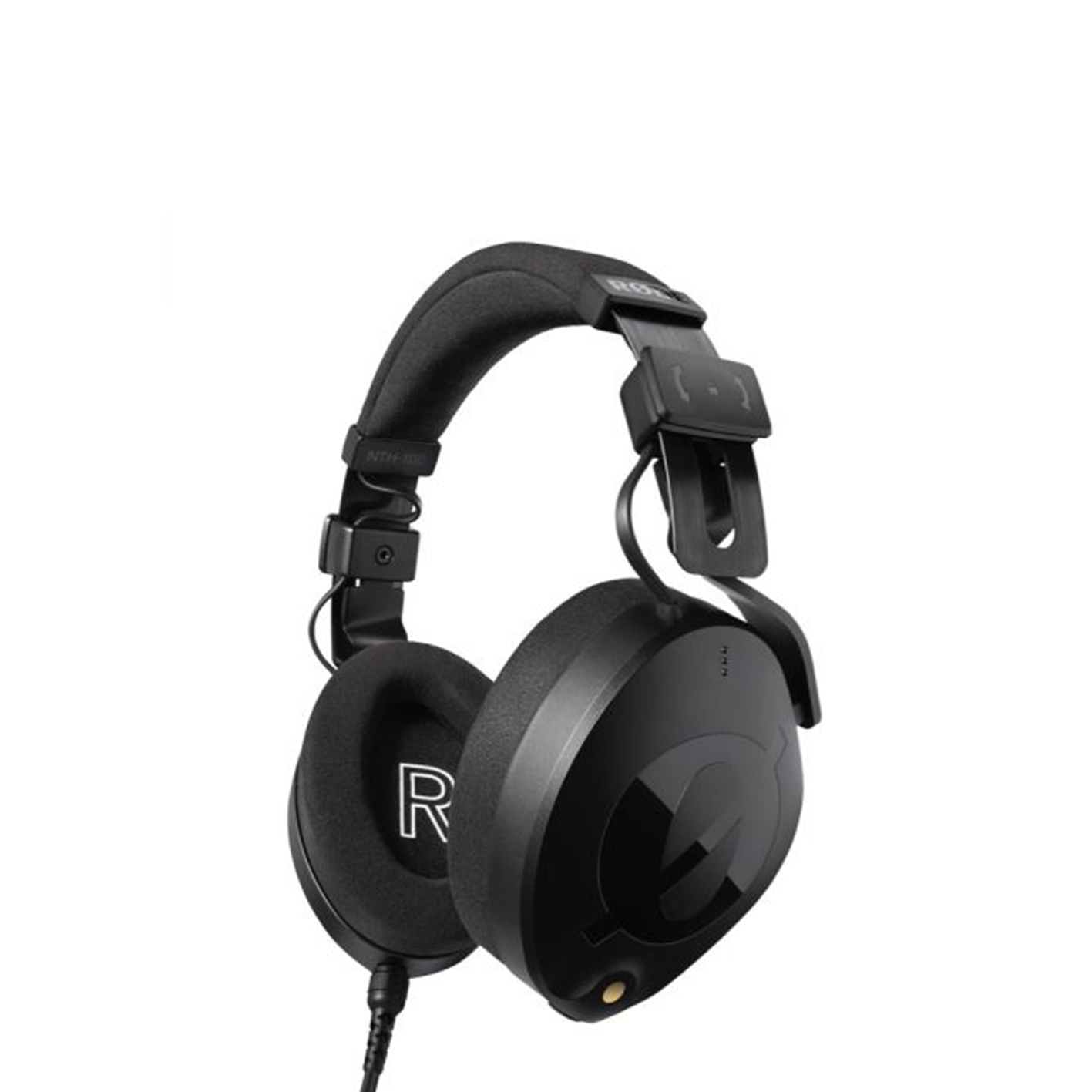
Part of the Røde philosophy is offering quality at a competitive price and the NTH-100 are a case in point. Much attention has gone into the design – the earcups have a distinctive, elongated shape for a more natural fit. The sound is great too, with the drivers delivering a fine balance of focus and width.
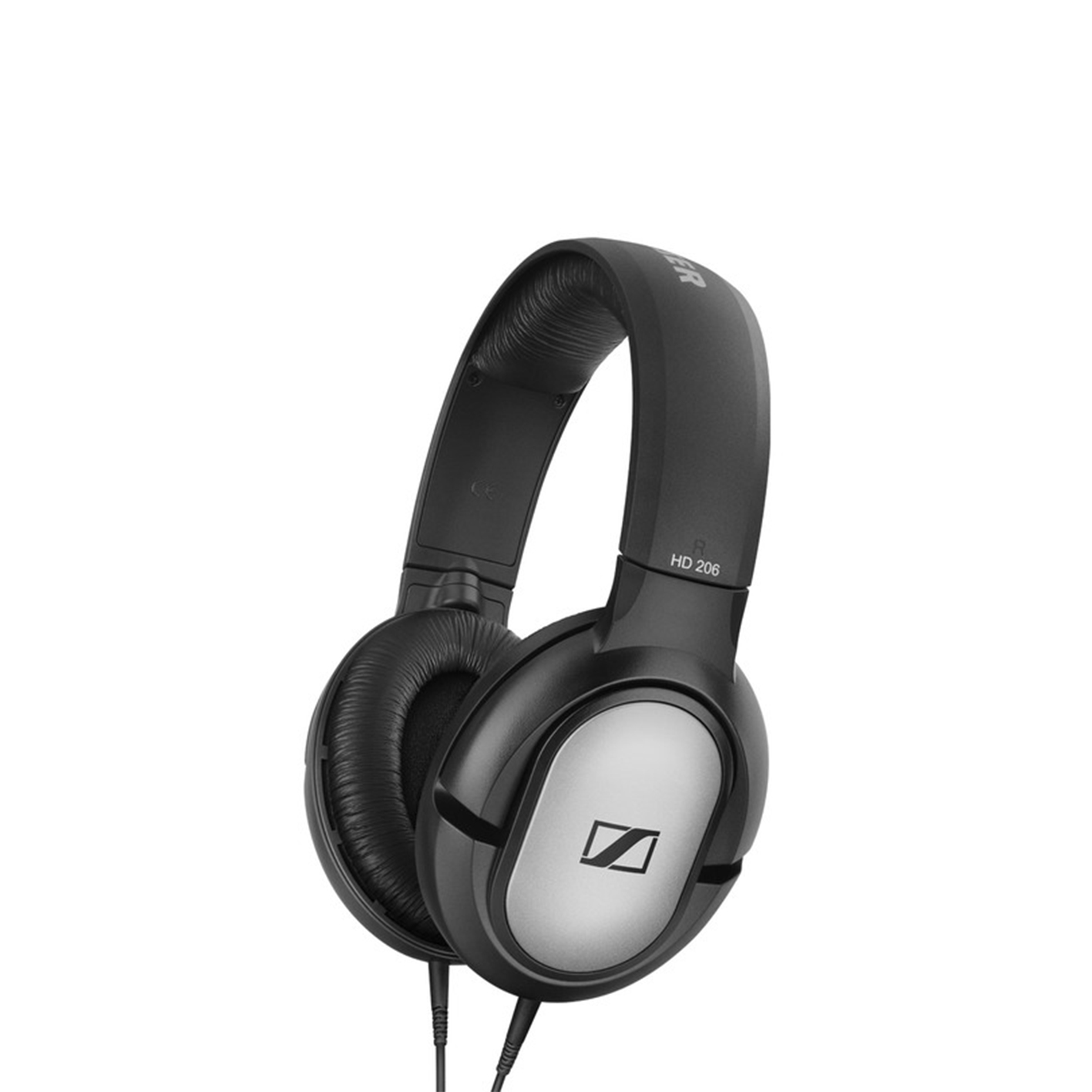
The Sennheiser HD-206 feature in many of our headphone buyer's guides simply because you get the Sennheiser name alongside a ridiculously low price tag. The HD-206 are remarkably accurate for that money, and sound as good as many sets of phones that cost a lot more.

The DT 770 PRO come in three variants, each with a different impedance – 32 ohms, 80 ohms and 250 ohms. The 80-ohm headphones offer the best options of the three models. They’re well balanced across the frequency spectrum, don’t need a lot of power, and deliver crystal clear highs and enough weighty lows for a feel good mix without bass colouration.
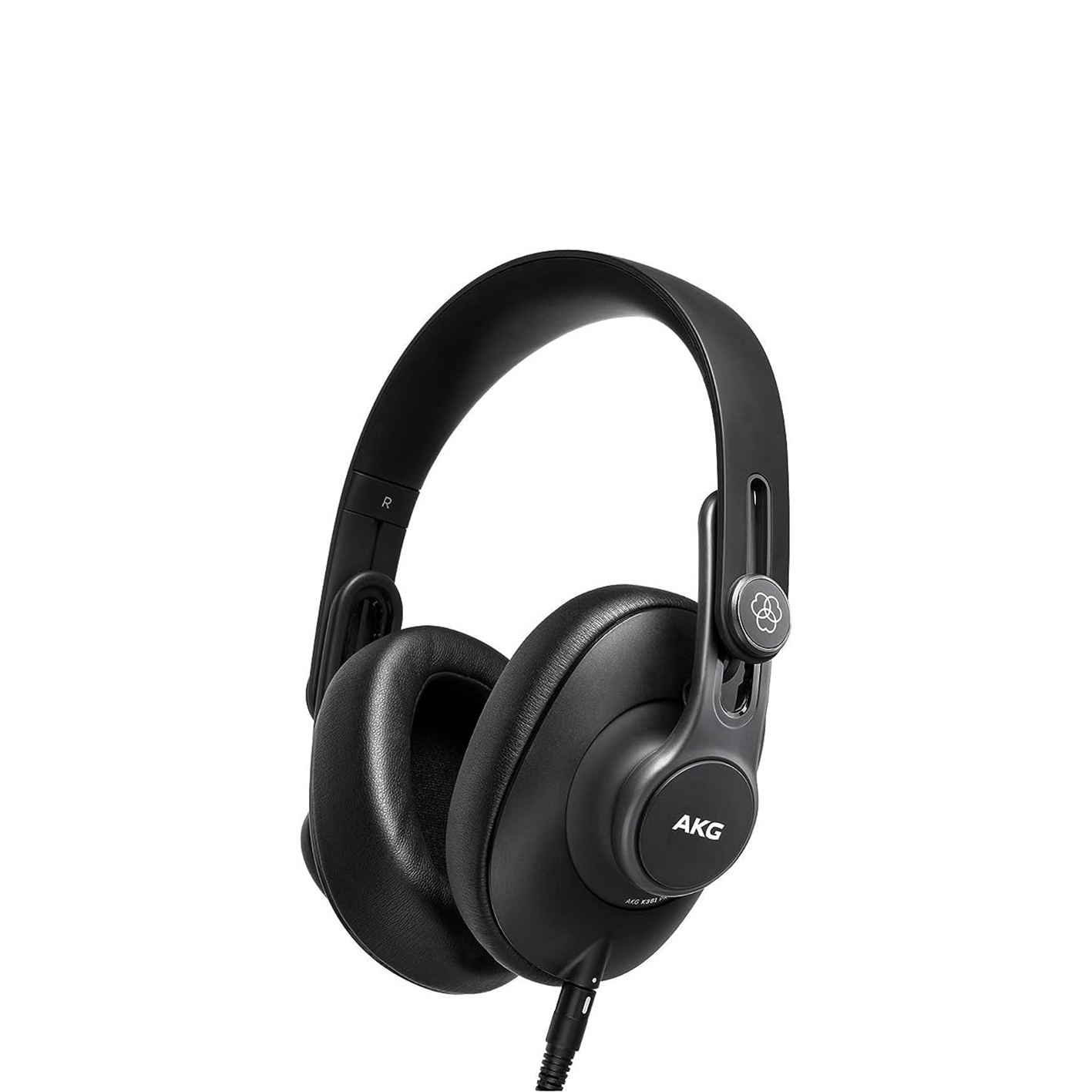
Specs include a wide frequency range of 15Hz to 28kHz, and they adhere to the AKG Reference Response Curve, a measure of performance over frequency that results in both accuracy and detail. The bass is controlled and tight and makes it easy to identify and correct any clashing low end parts. The rest of the response is flat and accurate too, with the kind of detail and control you find in those more expensive AKGs.

Audio-Technica’s venerable ATH-M50x studio headphones are a firm favourite here and for many professional studio users. They sound excellent, are comfortable, durable and great value. The ATH-M50x offer a good balance of accuracy and sound. There’s a slight bottom end bump and lack of detail in the high frequencies. But the result is a less harsh playback that doesn't wear on your ears.
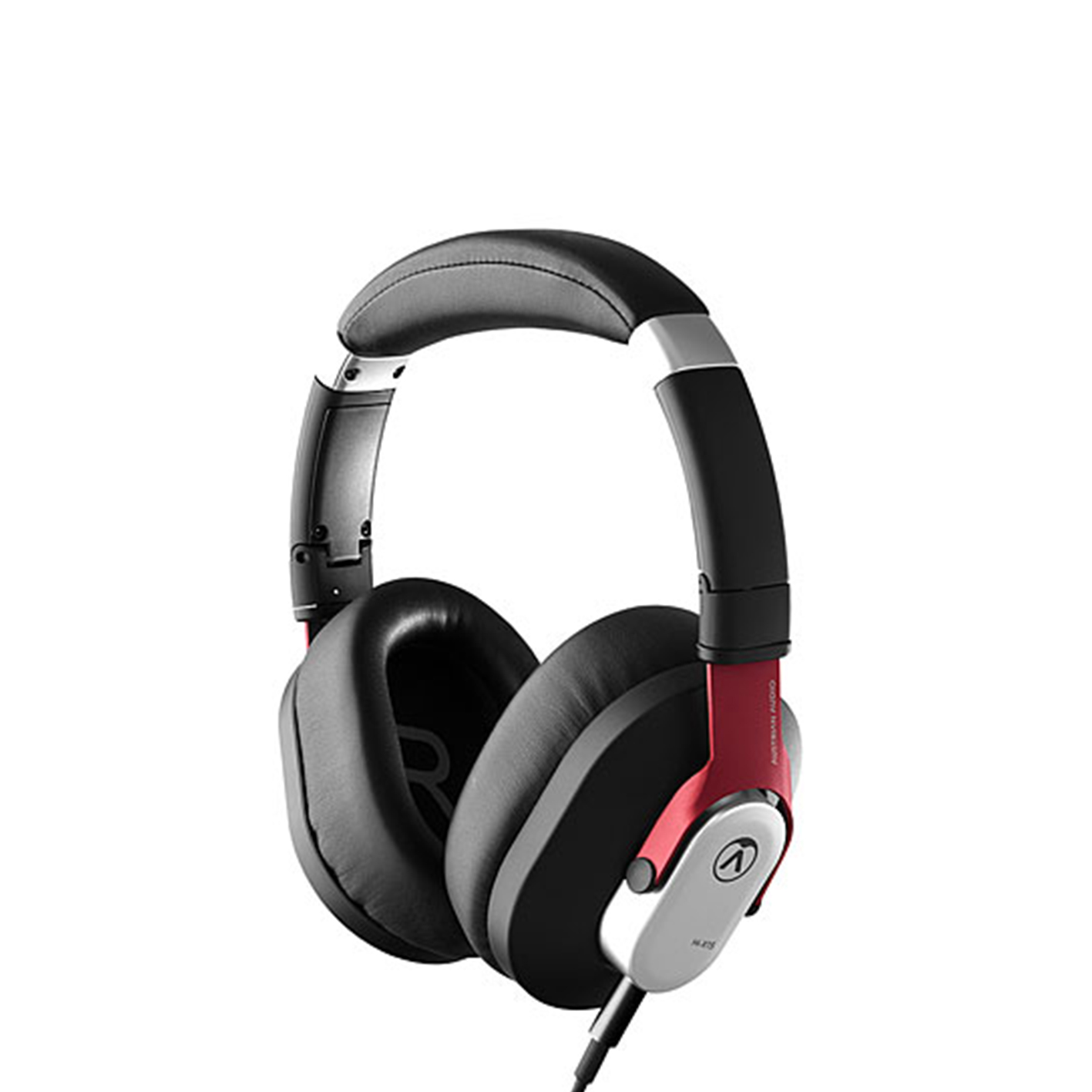
Relative newcomer Austrian Audio has made impressive strides into the audio gear sector. Here you get a budget model from its headphone range, the Hi-X15. They feature Austrian Audio's High Excursion Driver Technology which gives them a great overall sound. Build quality is right up there for the price, with sturdy metal hinges providing strength and soft, memory foam earpads delivering the comfort.
Load the next 3 products...
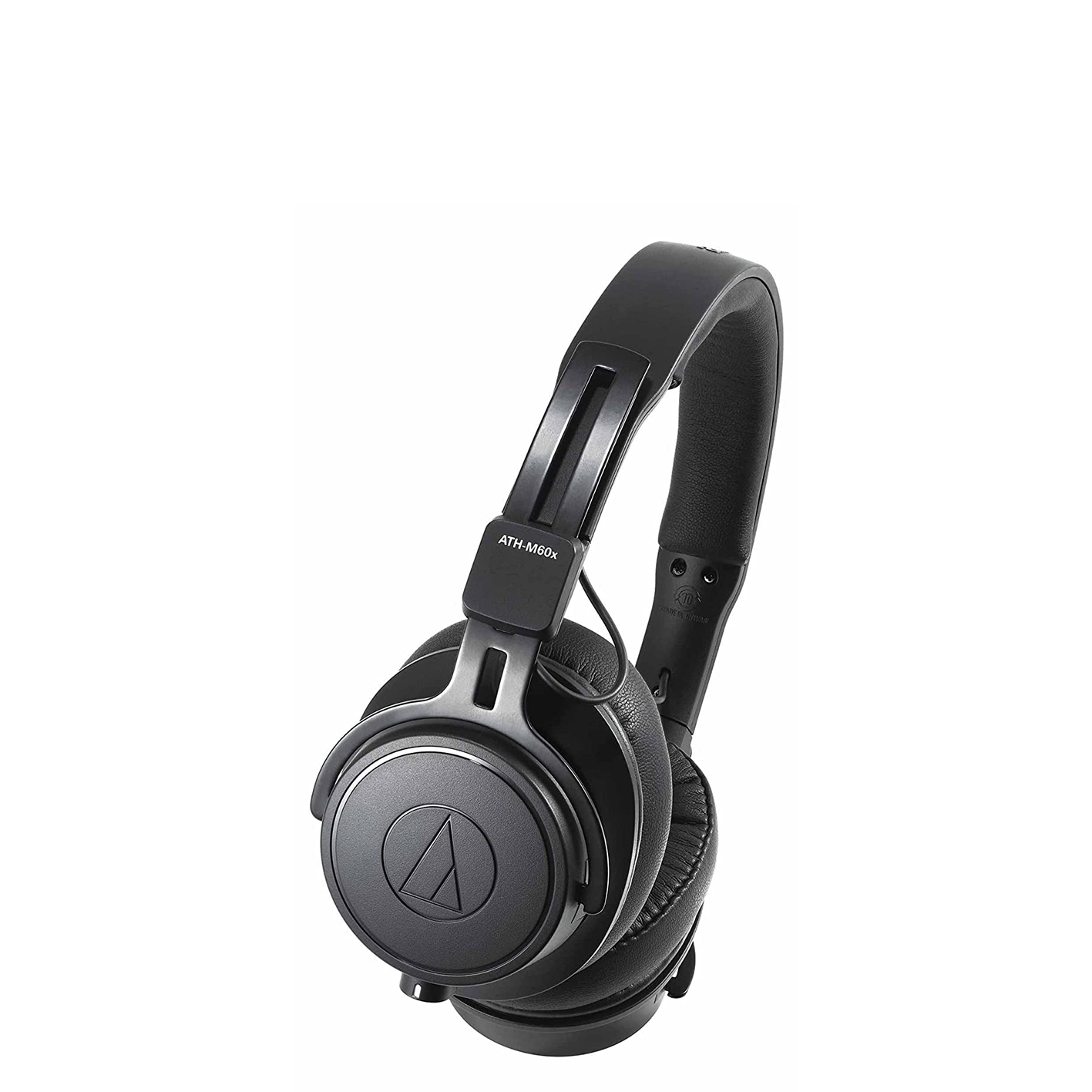
The ATH-M60xs use an on-ear design. This makes for a very different feel, but with a memory foam headband and ear cushions, the headphones are very comfy. Also, the on-ear fit isn’t too tight. This provides good, but not extreme, passive noise cancellation, and although it’s less effective than the over-ear design of the M50x, it still provides some isolation.
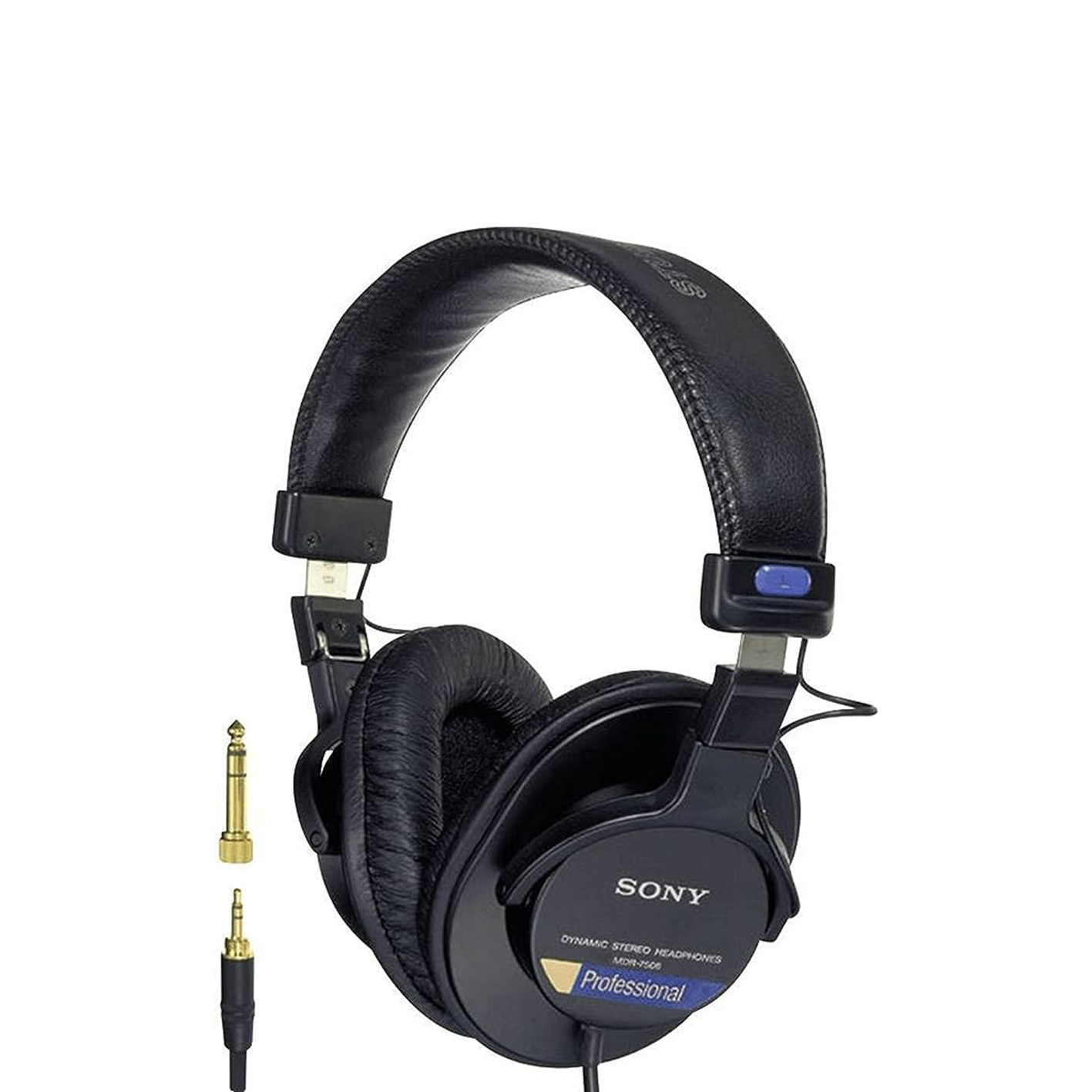
Sony’s MDR series of headphones feels like it's been with us forever and is widely used in the recording and broadcast industries. The current model, the MDR-7506, maintains the series' brilliant combination of comfort, practicality and value. They're comfortable to wear for those long mix sessions and they sound great, too.

Beyerdynamic’s open-back DT990 Pro deliver a wider mix experience that you don't get with closed-back cans. Offering a natural, wide soundstage and an even frequency response, the DT990 Pro’s relatively unique ear pads and lightweight, open-back design mean you can work comfortably for very long mix sessions.
Best studio headphones under $200/£200 in 2023
MusicRadar's got your back
Below you'll find full and detailed write-ups for each of the best studio headphones under $200/£200 in our list. We've tested each one extensively, so you can be sure that our recommendations can be trusted.
Best 'pro' option

Specifications
Reasons to buy
Reasons to avoid
Røde used to be known only for its great recording microphones but now has a range of products including mixers aimed at podcasting and audio interfaces for content creators. It was only a matter of time, then, before it turned its attention to headphones, and now we have the over-ear NTH-100.
Part of the Røde philosophy is offering quality at a competitive price and the NTH-100 are a case in point. Much attention has gone into the design - the earcups have a distinctive, elongated shape for a more natural fit. The sound is great too, with the drivers delivering a fine balance of focus and width.
The NTH-100 are innovative, offer a clear and faithful sound, and are comfortable and well built. In short they are some of the best headphones under $200/£200 we have tested.
Read the full Røde NTH-100 review
Best on a tight budget
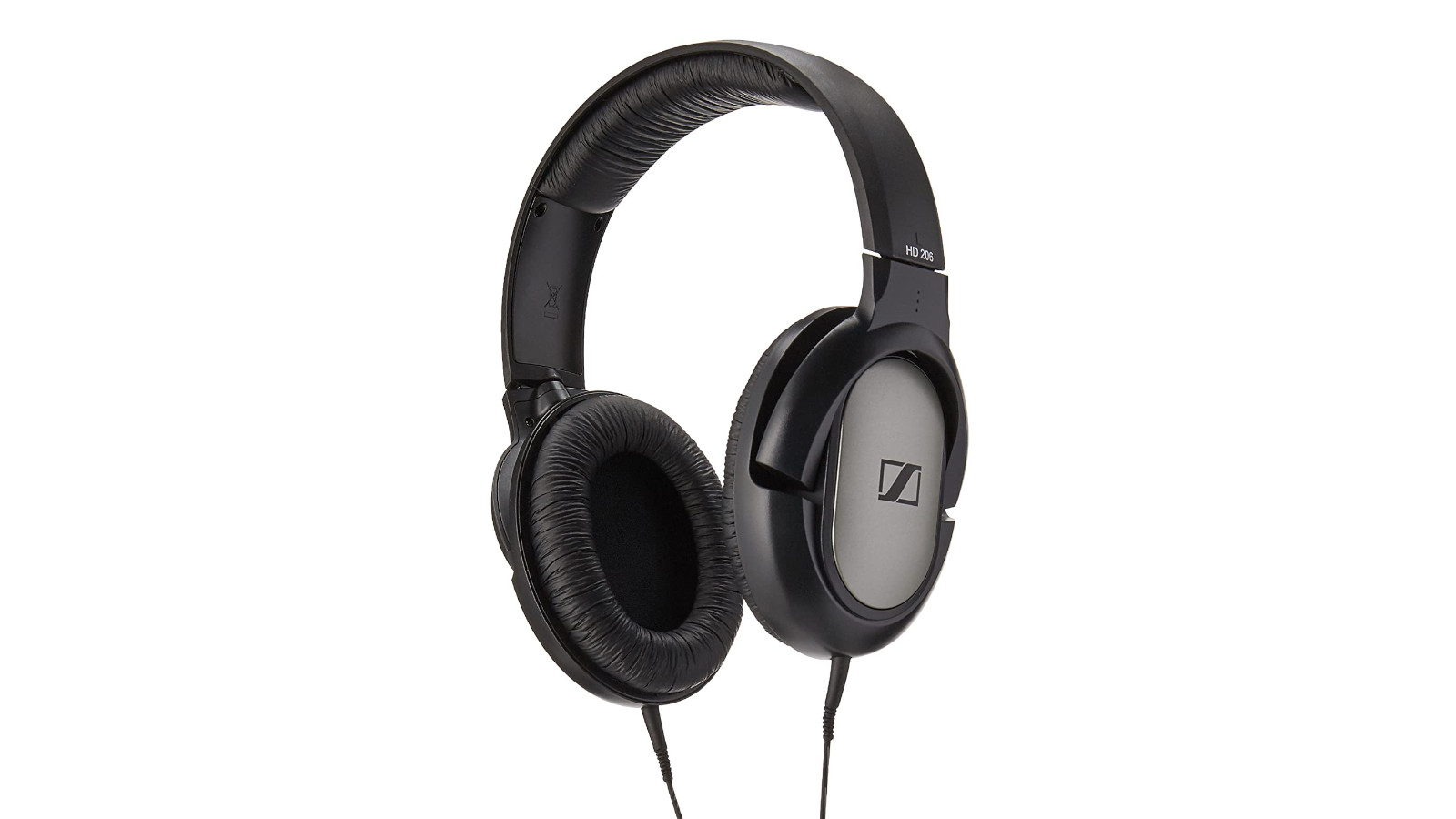
Specifications
Reasons to buy
Reasons to avoid
The Sennheiser HD-206 feature in many of our headphone buyer's guides simply because you get the Sennheiser name alongside a ridiculously low price tag. The HD-206 are remarkably accurate for that money, and sound as good as many sets of phones that cost a lot more.
The bass response is particularly tight, rich and crisp, but there is also plenty of detail in the mids and highs. As if that's not enough for 40 bucks/quid, the 'phones are comfortable to wear for long sessions, and the 'hypoallergenic' ear pads are great for blocking out extraneous noise.
The 3-metre cable is particularly prone to tangling - that might just be us being clumsy - but at this price these phones are an amazing buy. Hurry though, they are increasingly hard to find so grab them while you can!
Read the full Sennheiser HD-206 review
Best for sound
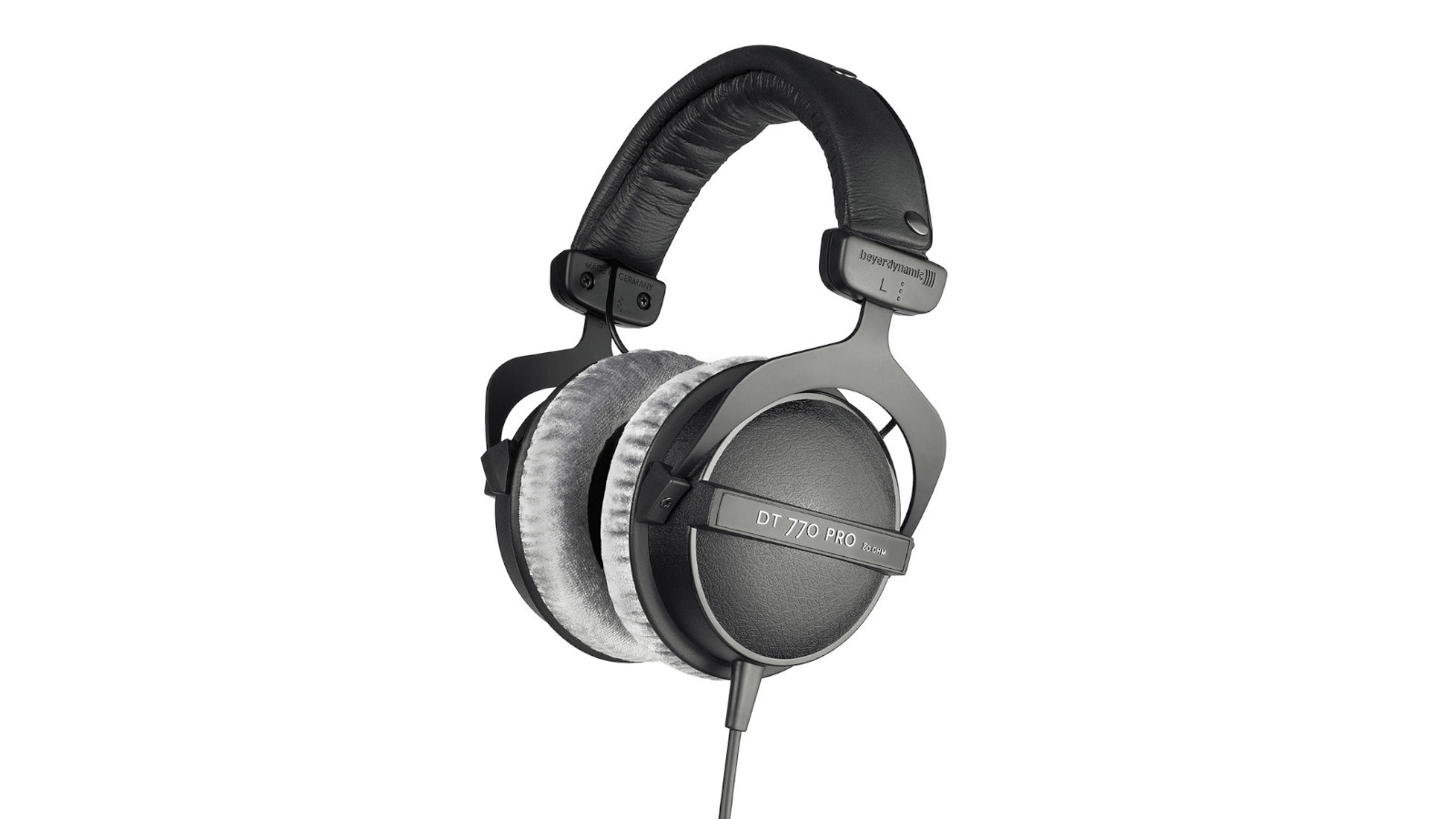
Specifications
Reasons to buy
Reasons to avoid
The DT 770 PRO come in three variants, each with a different impedance - 32 ohms, 80 ohms and 250 ohms. See more about impedance below, but basically this means you can use them to plug into a wide variety of devices. The length and type of cable you get depends on the impedance variant you go for - our preferred 80-ohm cans ship with a 3m straight cable.
The 80-ohm headphones seem to offer the best options of the three models. They’re well balanced across the frequency spectrum, don’t need a lot of power, and deliver crystal clear highs and enough weighty lows for a feel good mix without slipping into bass colouration.
These are comfortable headphones too, with enough padding to make them great for longer sessions. Overall, then, these are fantastic all rounders and some of the best performing headphones here.
Read the full Beyerdynamic DT 770 Pro review
Best for comfort
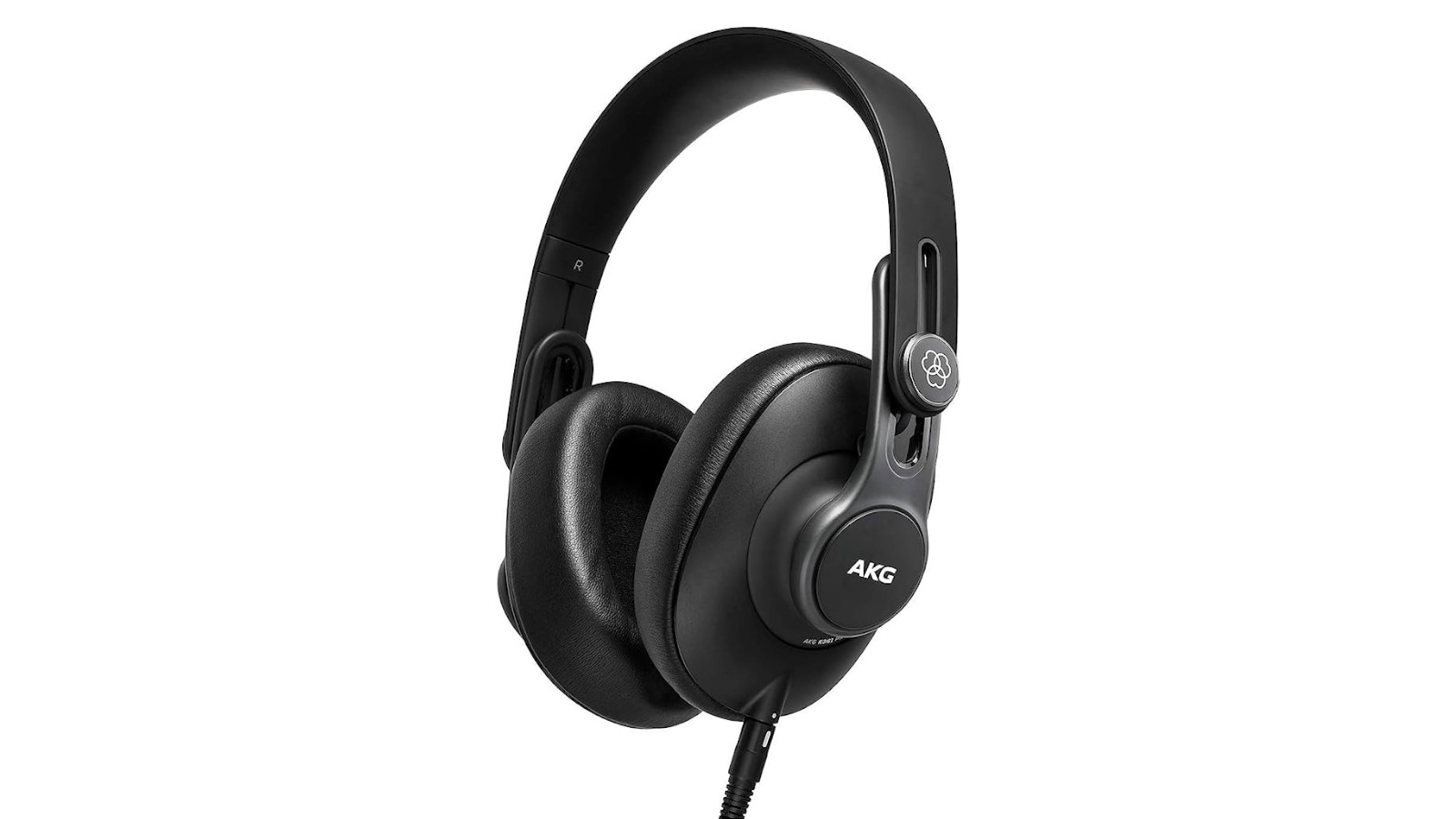
4. AKG K361
Our expert review:
Specifications
Reasons to buy
Reasons to avoid
AKG's headphone range includes models that cost over a grand and are used in music mastering where the utmost playback precision is required. The K361 on test here are less than a tenth of the price, but promise similar accuracy.
Specs include a wide frequency range of 15Hz to 28kHz, and they adhere to the AKG Reference Response Curve, a measure of performance over frequency that results in both accuracy and detail. The bass is controlled and tight and makes it easy to identify and correct any clashing low end parts. The rest of the response is flat and accurate too, with the kind of detail and control you find in those more expensive AKGs.
Finally, the 361 are light and comfortable enough for long sessions and their closed-back design means less spill while recording and good isolation for mixing.
Read the full AKG K-361 review
Best all-rounder

Specifications
Reasons to buy
Reasons to avoid
Audio-Technica’s venerable ATH-M50x studio headphones are a firm favourite here and for many professional studio users. They sound excellent, are comfortable, durable and great value.
The ATH-M50x offer a good balance of accuracy and sound. There’s a slight bottom end bump and lack of detail in the high frequencies. But the result is a less harsh playback that doesn't wear on your ears - often a problem with super accurate phones - and one that still translates well to other systems.
Although far from the cheapest cans on our list, a pair of ATH-M50x will be worth it in the long run. And if your budget won’t stretch to these, there’s also the more affordable ATH-M20x, M30x and M40x models out there. And if you'd like to go wireless, try the ATH-M50xBT Bluetooth version.
Read the full Audio-Technica ATH-M50x review
Best for value

Specifications
Reasons to buy
Reasons to avoid
Relative newcomer Austrian Audio has made impressive strides into the audio gear sector. Here you get two budget studio headphones models from its range, the Hi-X15 and its Bluetooth-enabled cousin, the Hi-X25BT.
Both feature Austrian Audio's High Excursion Driver Technology which gives them a great overall sound. Build quality is right up there for the price, with sturdy metal hinges providing strength and soft, memory foam earpads delivering the comfort.
The sound is neutral and accurate enough to reveal all the detail that you need when mixing and we think that the Hi-X15s will cope easily with anything you throw at them, sound fantastic and are a great value option.
Read the full Austrian Audio Hi-X15 review
Best for mixing

Specifications
Reasons to buy
Reasons to avoid
Audio-Technica struck gold with the ATH-M50x (above), and the newer the ATH-M60x 'phones have taken some of their best bits and put them in a more lightweight format.
The ATH-M60xs use an on-ear design. This makes for a very different feel, but with a memory foam headband and ear cushions, the headphones are very comfy. Also, the on-ear fit isn’t too tight. This provides good, but not extreme, passive noise cancellation, and although it’s less effective than the over-ear design of the M50x, it still provides some isolation.
Despite using the same drivers as the M50x, these headphones deliver a different tonal balance, with a sound that’s more focused on the midrange. They’re also less hyped in general, so the highs and particularly the lows are more subdued. We found this offered a less flattering, more true overall picture. Couple this with the fact that they’re very comfortable and it’s clear that the ATH-M60x is a great choice for mixing and mastering.
Audio-Technica continues to deliver quality headphones at prices that won’t break the bank, and the ATH-M60X is a perfect example.
Read the full Audio-Technica ATH-M60X review
Best budget Sonys
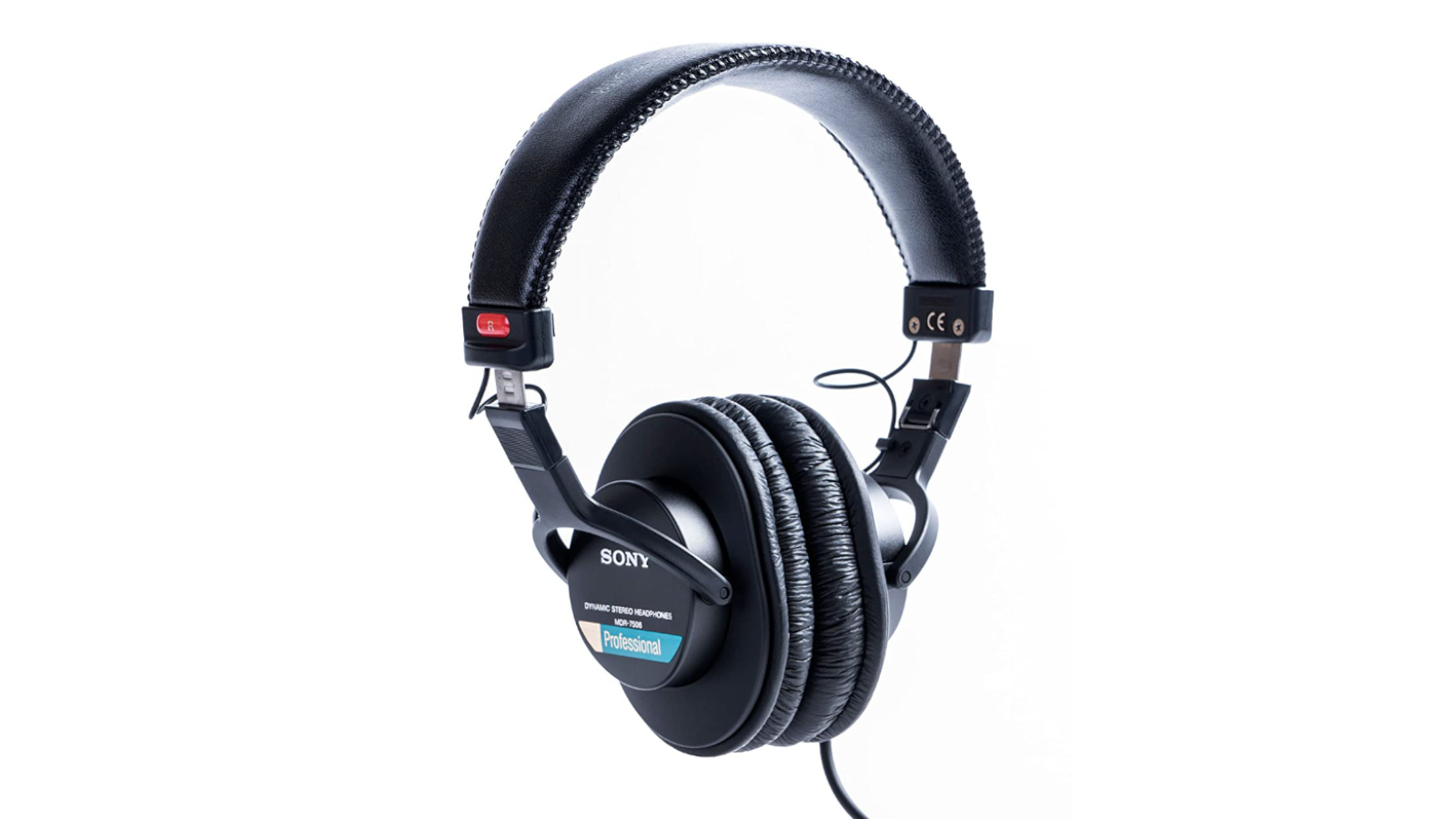
Specifications
Reasons to buy
Reasons to avoid
Sony’s MDR series of headphones feels like it's been with us forever and is widely used in the recording and broadcast industries. The current model, the MDR-7506, maintains the series' brilliant combination of comfort, practicality and value.
The MDR-7506 are comfortable to wear for those long mix sessions. They sound great too, delivering the detail you find in much more expensive models. We found them to be punchy and clear across the frequency spectrum and giving a good balance of accuracy and pleasant listening.
The fact that these headphones can be bought for $100/£100 these days still makes them a contender, even after all these years.
Read the full Sony MDR-7506 review
Best modular option
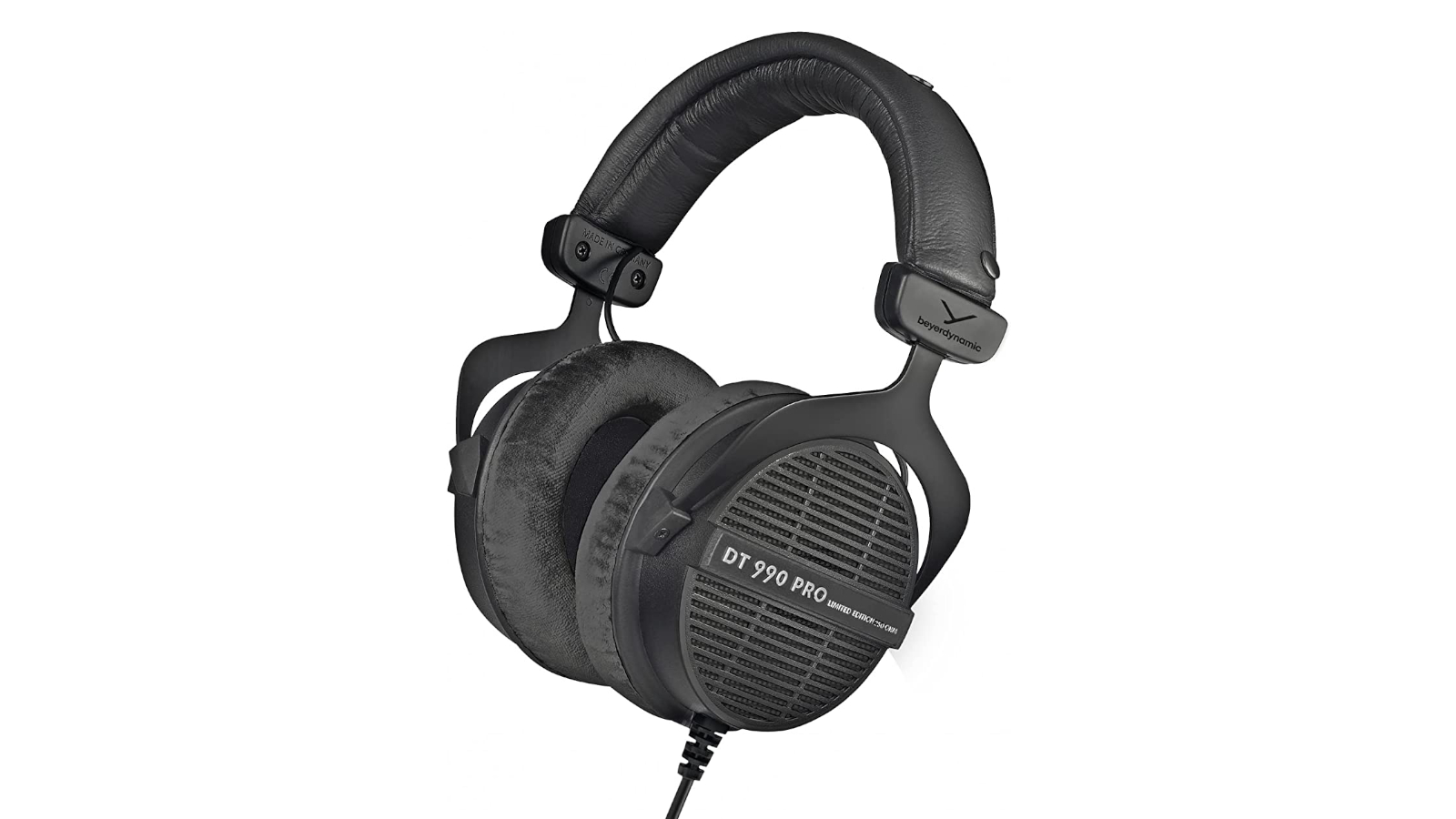
Specifications
Reasons to buy
Reasons to avoid
Beyerdynamic’s open-back DT990 Pro deliver a wider mix experience that you don't get with closed-back cans. At 250 ohms, these high-impedance cans will need to be driven by a high output device such as a headphone amp, mixing desk or audio interface for best results.
Offering a natural, wide soundstage and an even frequency response, the DT990 Pro’s relatively unique ear pads and lightweight, open-back design mean you can work comfortably for very long mix sessions.
The higher spill that is common in open-back designs make these more suitable for programming and mixing rather than tracking. That said, the DT990 Pro will find themselves at home in any studio due to their natural sound, super-wide stereo image and replaceable components.
Read the full Beyerdynamic DT 990 PRO review
Best studio headphones under $200/£200: Buying advice
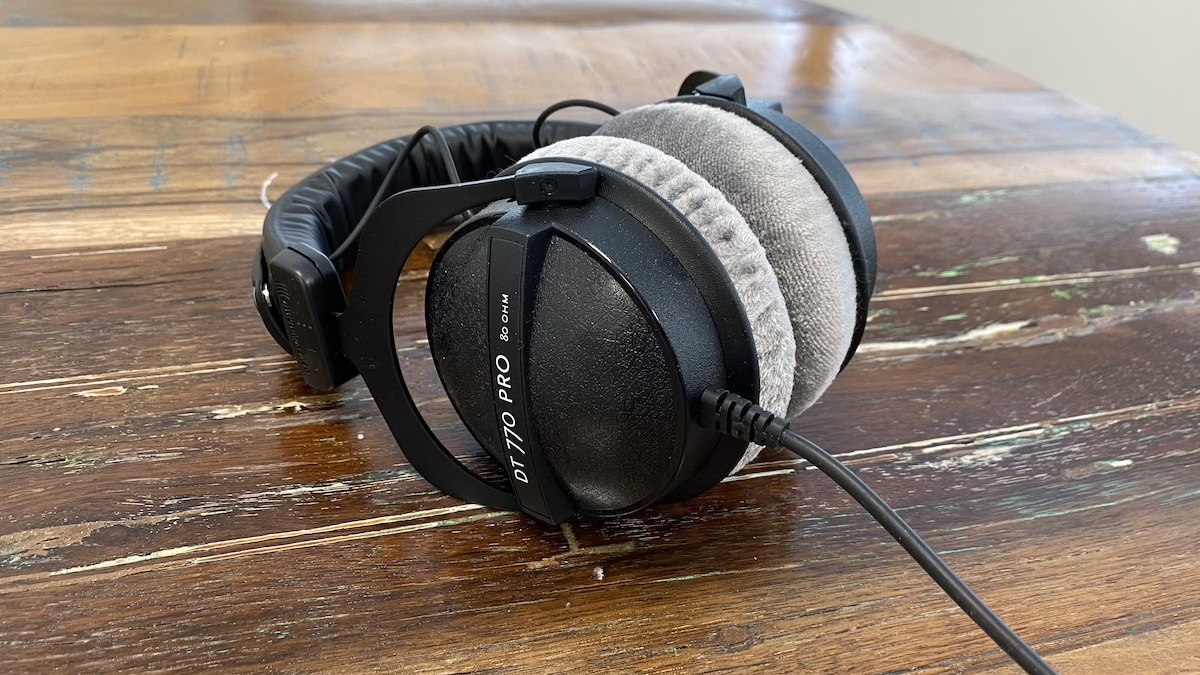
How to choose the best studio headphones under $200/£200
Getting your headphone choice right is crucial, as these could well be the studio items you use the most and you need to make sure you make the correct buying decisions. This is particularly important when you have a smaller budget, like the sub-$200/£200 ceiling we've set for this guide. Here's what we think are the most important factors to consider when buying headphones:
Budget studio headphones vs regular headphones
As with mixing through studio monitors, you want to hear an accurate version of your music while using studio headphones. Many hi-fi headphones for regular music listening are coloured to emphasise certain regions, just to make for a nicer experience. This means they aren't suitable for mixing music as they are not telling you the whole truth!
Studio headphones are the opposite - totally honest (or they should be). If they artificially emphasised the bass, for example, you might then reduce the bass in your mix to compensate, and the resulting mix would sound bass-light on any other system.
Studio headphones therefore have a flat response, reproducing frequencies at an equal volume, giving you an accurate picture so that you can focus in on and correct any problem areas. They also have an emphasis on comfort, as you might be mixing for very long sessions. Extra padding is great, as is a lightweight design to keep them feeling almost non-existent on your head as you mix.
What are the three main headphone types?
The three main types of headphone are over-ear (circumaural), on-ear (supra-aural) and in-ear (intra-aural). The first two can be further split into open-back and closed-back. Closed-back headphones are usually seen as the best choice for mixing. They are designed to avoid sound coming in and going out so you can focus on a mix and not record any extraneous sounds.
Open-back headphones are lighter and more comfortable and some prefer the sound of open-back cans. Indeed we have tested open and closed back versions side by side and the open-back ones do deliver wider and more immersive mixes. However, while this is great for enjoying music, it is less so for mixing when you need to focus in on the detail.
In-ear monitors (aka IEMs) are usually reserved for on-stage monitoring unless they’re high quality, in which case they can also be suitable for use in a studio setting.
What is frequency response?
This is simply the range of the sound frequencies headphones can play back. The wider the better, and for some cans this can even be outside the range of human hearing, which tops off at around 20kHz with the bottom end starting at around 20Hz.
For mixing and recording you want to hear the detail across all frequency ranges, from low frequency bass sounds through to high-end reverbs and hi-hats. You are also looking for a flat frequency response - uncoloured as we discuss above.
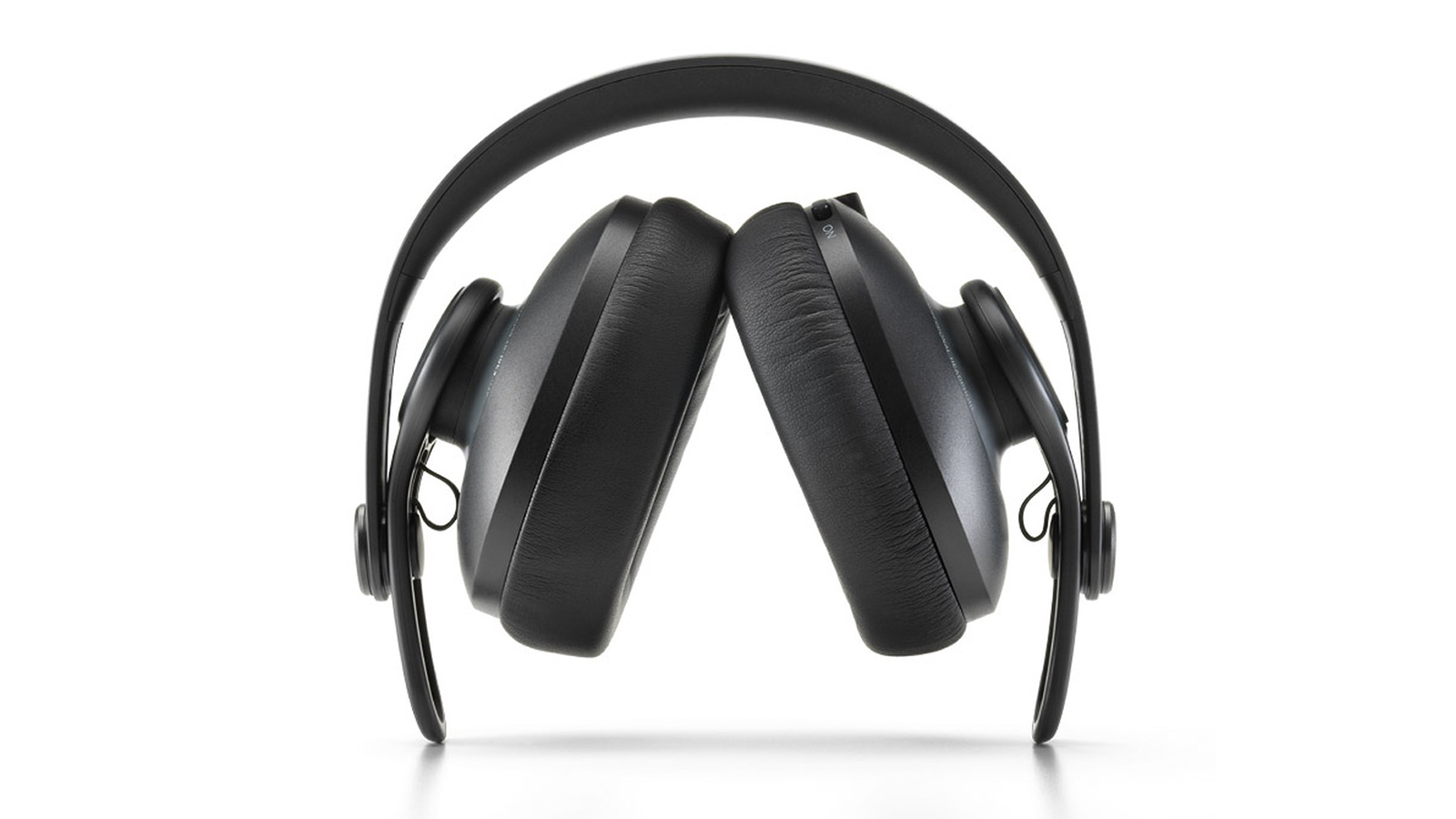
Why comfort is key
You could end up mixing a track for a long time - not something we recommend, though - so you want your headphones to be comfortable. Padded ear pads are a must and also help with acoustic isolation, stopping outside noise getting in so you can focus on the fine detail.
Lastly, people lose body heat through the top of the head, so make sure your headband and ear cups aren’t going to make you sweat. Lightweight ’phones help here.
What does impedance mean?
Impedance is important! Good ‘impedance matching’ will help your ‘phones work more effectively, and is based on what type of gear you’ll be plugging your headphones into.
The higher the impedance, the higher the level of signal needed to drive the headphones so that they sound good. High-impedance work best in environments like a band recording set-up, with multiple sets of cans plugged into a splitter box that’s receiving a high-level input signal. Low-impedance headphones can be plugged directly into a single source, like a laptop or phone. They’re able to generate sound more efficiently from the lower-level input signal. The higher a headphone’s impedance rating, the more ‘pro’ it is designed to be.
Most of the studio headphones on our list are low-mid impedance, ranging between 32-80 ohms, although some brands offer a choice of different ratings.
Wireless vs wired headphones
Headphones aimed at home listening, gaming or other day-to-day uses, often now use wireless Bluetooth connectivity. However we largely avoid wireless headphones because they still cause latency, a delay between the sound playing on your computer and you hearing it.
While the technology is improving, we still say go wired. However, an increasing number of headphones now have options for both wired and wireless operation – great if you’re looking for a pair to use both in the studio and on the go.
How we test studio headphones
We test headphones with a variety of reference tunes – very well produced standards, but some of our own trusted mixes as well. We use these to check frequency response, overall sound quality, spatial response, and how good the phones are at delivering detail at the low volume levels you should be mixing at to protect your ears.
For mixing you might prefer better isolation from the outside world so we also test for this – the sound getting in and out as you work. Weight and comfort are also important as we detailed above. Most of the time, the lighter the better, but how the headphones embrace your head is important. Too loose is obviously not good, but too tight can mean too hot.
Read more about how we test music making gear and services at MusicRadar.
Related buyer's guides
- Best DJ headphones: reliable choices from budget to pro-level
- Best headphones for digital piano: over-ear options for every budget
- Best headphones for drummers: for the studio, rehearsal room and stage
- Best Audio-Technica headphones for recording: studio-friendly cans
- Best Sennheiser headphones for recording: top picksfrom the German audio giants
Want all the hottest music and gear news, reviews, deals, features and more, direct to your inbox? Sign up here.
Andy has been writing about music production and technology for 30 years having started out on Music Technology magazine back in 1992. He has edited the magazines Future Music, Keyboard Review, MusicTech and Computer Music, which he helped launch back in 1998. He owns way too many synthesizers.